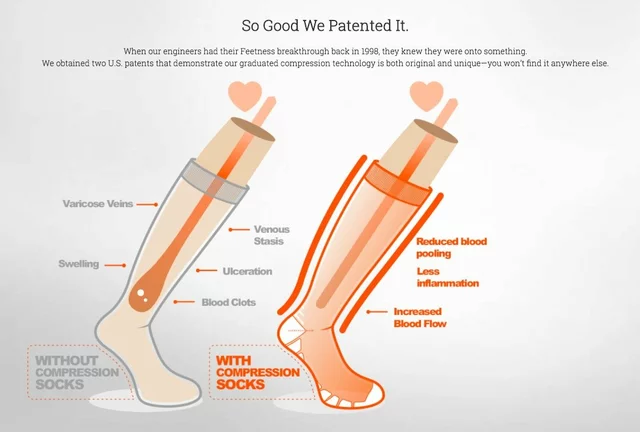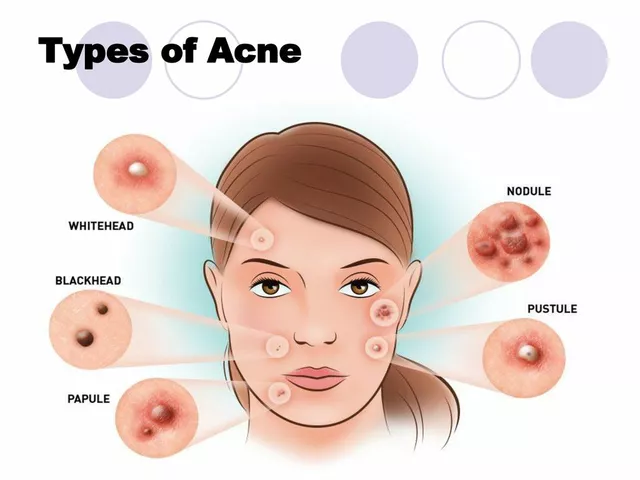Introduction: The Importance of Exercise for Reducing Fluid Retention
Fluid retention, also known as edema, is a common issue that can lead to swelling, discomfort, and even pain. It occurs when excess fluids build up inside the body, particularly in the tissues. While there are many potential causes of fluid retention, one of the most effective ways to combat this problem is through regular exercise. In this article, we will explore eight key ways that exercise can help reduce fluid retention, and provide practical tips for incorporating these strategies into your daily routine.
1. Boosting Circulation with Cardiovascular Exercises
One of the primary benefits of cardiovascular exercises, such as walking, jogging, swimming, or cycling, is that they help to improve blood circulation throughout the body. When your circulation is functioning efficiently, fluids are less likely to accumulate in your tissues. By engaging in regular cardiovascular exercise, you can help to keep your circulatory system in top shape and reduce the likelihood of fluid retention. Aim for at least 30 minutes of moderate-intensity cardio most days of the week to reap the benefits.
2. Strengthening Muscles with Resistance Training
Resistance training, which involves working your muscles against some form of resistance, can also play a significant role in reducing fluid retention. Strong muscles act as a natural pump, helping to push fluids through your lymphatic system and prevent them from pooling in your tissues. To incorporate resistance training into your routine, try exercises such as weight lifting, bodyweight exercises, or resistance band workouts. Aim for at least two sessions per week, focusing on all major muscle groups.
3. Improving Flexibility with Stretching Exercises
Stretching exercises not only help to improve your flexibility but can also aid in reducing fluid retention. By gently stretching your muscles and connective tissues, you can help to encourage the flow of fluids through your lymphatic system, reducing the likelihood of accumulation. Incorporate stretching exercises into your daily routine, particularly targeting areas where you tend to experience fluid retention, such as your legs or ankles. Yoga and Pilates are also excellent options for improving flexibility and promoting fluid drainage.
4. Elevating Your Legs During Exercise
If you experience fluid retention primarily in your lower extremities, elevating your legs during exercise can help to promote the return of fluids to your heart. Incorporate exercises such as leg raises, wall sits, or inverted yoga poses into your routine to help reduce swelling and discomfort caused by fluid retention. Remember to elevate your legs above the level of your heart for maximum benefit.
5. Engaging in Water-Based Activities
Exercising in water, such as swimming or participating in water aerobics classes, can provide added benefits for those dealing with fluid retention. The hydrostatic pressure of the water helps to compress your tissues, encouraging the flow of fluids and reducing swelling. In addition, water-based activities are low-impact, making them an excellent choice for individuals with joint pain or mobility issues.
6. Focusing on Deep Breathing Techniques
Deep breathing exercises, such as diaphragmatic breathing or yoga breathing techniques, can help to improve lymphatic drainage and reduce fluid retention. By focusing on slow, deep breaths, you can encourage the movement of fluids through your lymphatic system and prevent buildup in your tissues. Set aside a few minutes each day to practice deep breathing exercises or incorporate them into your regular exercise routine.
7. Utilizing Massage Techniques During Exercise
Massage techniques, such as self-massage or foam rolling, can help to increase circulation and promote lymphatic drainage, reducing fluid retention. By gently applying pressure to your muscles and connective tissues during exercise, you can encourage the movement of fluids and alleviate swelling. Foam rolling or self-massage can be easily incorporated into your warm-up or cooldown routine, targeting areas prone to fluid retention.
8. Staying Consistent with Your Exercise Routine
Perhaps the most important aspect of reducing fluid retention through exercise is consistency. Establishing and maintaining a regular exercise routine can help to keep your circulatory and lymphatic systems functioning optimally, reducing the likelihood of fluid buildup. Make a commitment to engage in physical activity on a regular basis, incorporating a variety of cardiovascular, resistance, and flexibility exercises to address all aspects of fluid retention.
Conclusion: Take Control of Your Fluid Retention with Exercise
By incorporating these eight strategies into your exercise routine, you can take a proactive approach to reducing fluid retention and improving your overall health and well-being. Remember to consult with your healthcare provider before beginning any new exercise program, especially if you have a medical condition or are experiencing severe fluid retention. With dedication and consistency, you can take control of your fluid retention and enjoy a more comfortable, active lifestyle.



Alex Hughes
May 8, 2023 AT 12:04Hubert vélo
May 8, 2023 AT 12:16Kalidas Saha
May 8, 2023 AT 22:25Marcus Strömberg
May 9, 2023 AT 11:51Matt R.
May 11, 2023 AT 03:11Wilona Funston
May 12, 2023 AT 21:47Ben Finch
May 14, 2023 AT 17:03Naga Raju
May 14, 2023 AT 23:07Dan Gut
May 16, 2023 AT 07:39Jordan Corry
May 17, 2023 AT 09:42Mohamed Aseem
May 17, 2023 AT 12:35Steve Dugas
May 19, 2023 AT 08:25Alex Hughes
May 19, 2023 AT 23:52